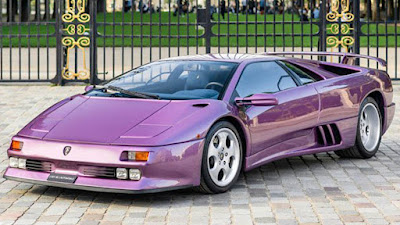
Road BEAST - Mazzanti Automobili, the renowned Italian automotive design and coach builder, recently unveiled its masterpiece, the Mazzanti Evantra supercar, at the prestigious 2013 Top Marques Monaco event. This exclusive supercar, limited to a production run of only five units worldwide, is a testament to exquisite craftsmanship and personalized luxury, with...






